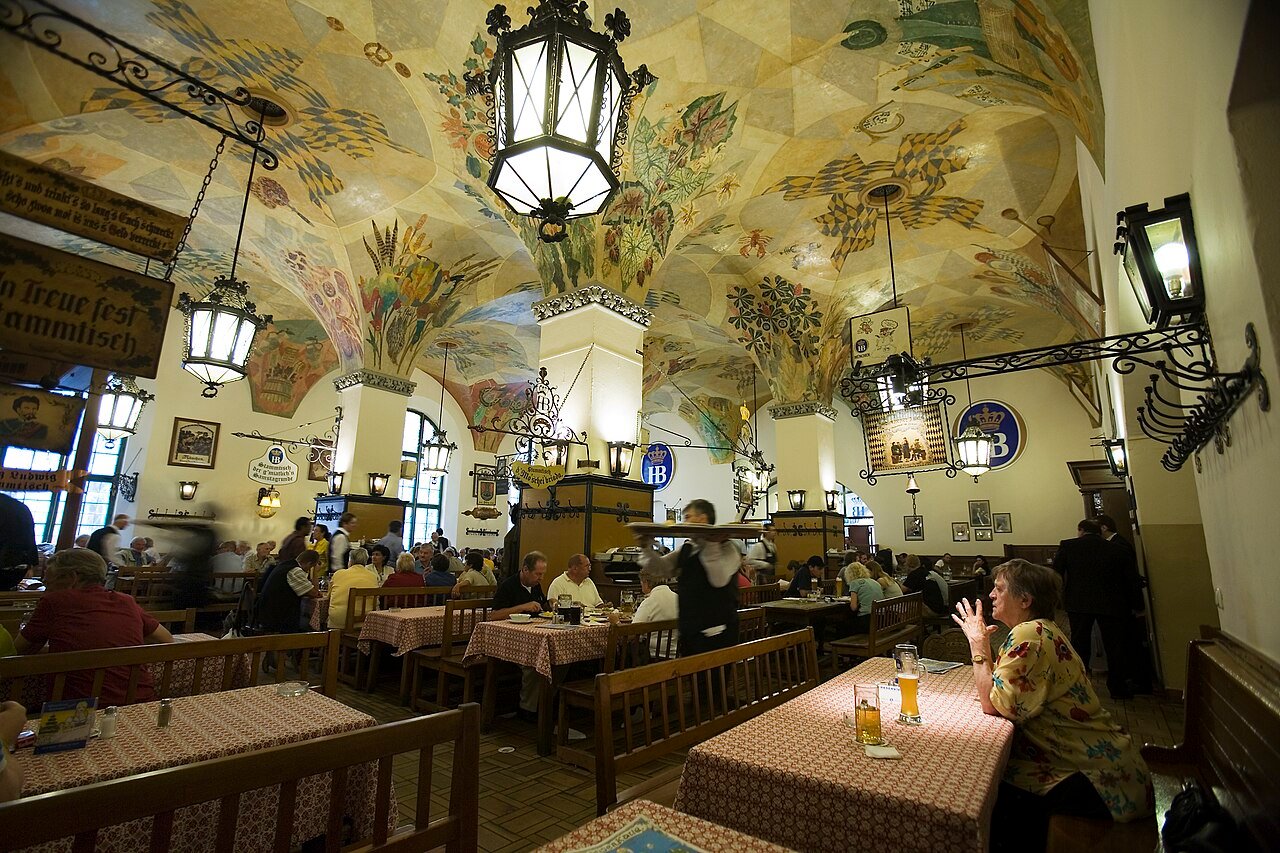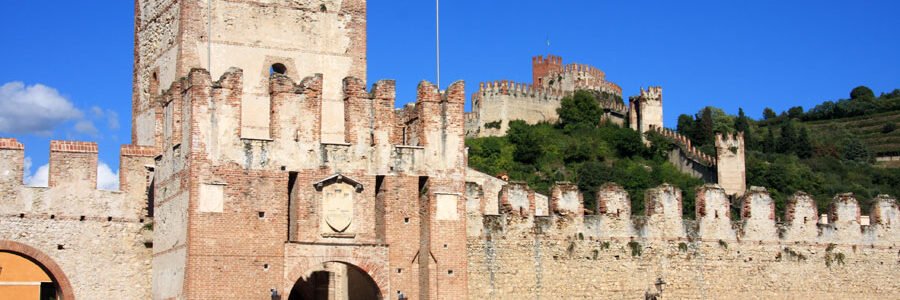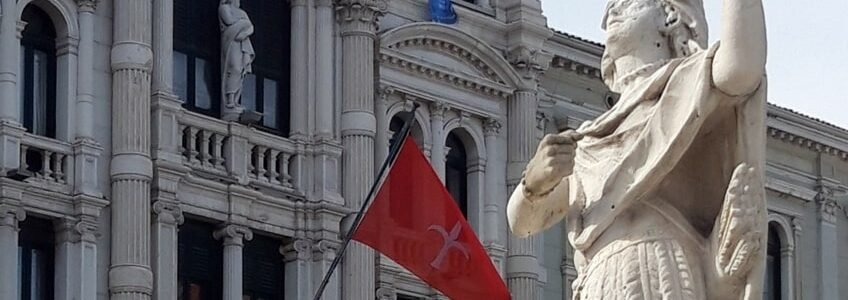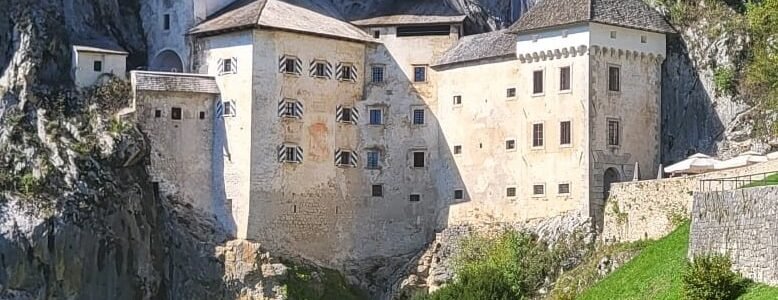Munich Between the Lines
Munich Between the Lines
Munich Between the Lines
What Locals Know
The First Hour is Always Quiet
Arriving early in Munich means hearing your own footsteps. The city isn’t loud in the morning. Bakeries open first, but even then, conversations are whispered. This quiet beginning isn’t accidental — it sets the tone. Locals don’t rush. They wait for coffee to cool. They read the paper. It’s a different speed from Berlin or Vienna. More deliberate. Even the trams glide rather than rattle. Tourists often look for action. Locals look for space. In Munich, space is part of identity.
Where the Tour Ends and the Real City Begins
After you’ve seen Marienplatz and the Glockenspiel, something shifts. The official version of Munich ends, and the local version begins. Westend smells like toasted sesame from Turkish bakeries. Haidhausen’s backstreets echo with kids biking home from school. Even the central Viktualienmarkt, full of vendors and colors, hides morning rituals. Some stall owners bring each other espresso. There are nods instead of greetings. This isn’t coldness — it’s trust. And if you find yourself among them without trying too hard, you’ll feel it.
Lunch Means One Thing — and Then a Walk
For many, lunch means Weißwurst. But not in the way travel blogs suggest. Real Weißwurst is eaten before noon, with sweet mustard, pretzels, and maybe a wheat beer — maybe. Then, no matter the season, people walk. Along the Isar, through the English Garden, or simply between blocks. You’ll see office workers loosen ties and just move. It’s not exercise. It’s ritual. Movement clears the mind. And in Munich, a clear mind is part of being present.
Avoiding the Noise is a Skill
You’ll rarely see a local eating near Hofbräuhaus. They know better. The beer is fine, but the atmosphere isn’t theirs anymore. Locals prefer small beer gardens under chestnut trees. In Neuhausen. In Untergiesing. Places where no one takes selfies and dogs lie under tables. Where a second beer just appears, not because you ordered it, but because the waiter saw your glass was almost empty. It’s unspoken hospitality. And it’s where conversations last longer than the sun.
An Exit That Doesn’t Feel Like Leaving
Some travelers use Munich as a base — and it works. It’s a city that lets you leave easily and return even easier. One of the most time-saving options is a direct transfer from Munich to Ljubljana Airport, especially for those avoiding train schedules or rental car drop-offs. But even when leaving, Munich doesn’t rush you. The airport isn’t far, the traffic rarely jams, and the scenery on the way out — especially south — feels like a postcard refusing to end.
Sundays Are Sacred, but Not Religious
On Sundays, the city slows even more. Shops are closed. Streets are quiet. But people don’t hide. They walk. Families with strollers fill the Nymphenburg gardens. Elderly couples sit on benches along the river. It’s not about doing nothing — it’s about doing it differently. Museums often offer reduced entry. Churches open their doors, not just for worship, but for silence. If you’re lucky, you’ll hear someone practicing the organ. It’s not a performance. Just someone making sound matter.
What Locals Think of Hofbräuhaus
Everyone knows the name. It’s on every guide and souvenir. But ask someone from Munich when they last visited Hofbräuhaus, and most will shrug. Not with contempt — just with distance. It belongs more to history and travelers now. Locals grew up hearing oompah music and Bavarian chants echo from within its halls, but they rarely go inside unless family visits from out of town. The beer is fine. The ceilings are worth a glance. But their version of gemütlichkeit lives elsewhere — in corner pubs with scratched wooden tables and no English menus. To know Munich is to know where the crowds aren’t.
Between Two Stops: How People Actually Move
Much of Munich isn’t designed to dazzle — it’s designed to flow. Locals take the U-Bahn but never talk about it. They ride bikes year-round and treat it as normal. The routes between things matter more than the things themselves. A florist near Sendlinger Tor might see the same faces daily at 8:12 a.m. Not because it’s the best flower shop — but because it’s on the right corner. Movement is part of how people experience the city here. Not in sweeping views, but in practiced diagonals, shortcuts, and the casual precision that makes Munich feel orderly without being rigid.
How the Past Stays Visible — and Useful
Munich remembers without flaunting. The scars of war, the weight of history — it’s all there. Stolpersteine mark the streets quietly. Former factories house community centers now. Even the old city wall, where preserved, blends into residential zones. It’s a city that reuses space. History isn’t behind glass. It’s under your feet. There’s a certain respect in that — not to dramatize, not to erase, but to let time breathe with you as you walk.
The River is the Real Border
Munich’s Isar River is more than a landmark. It’s a divider, yes, but also a connector. Locals have “their side.” Crossings mean changes — in architecture, mood, even coffee prices. But along the river itself, everything blends. Students lie on rocks reading. Families barbecue. Strangers pass bread. At sunset, the stones glow. Dogs chase sticks in shallow parts. It feels local without being exclusive. It’s one of the few places in Europe where a city river still belongs to the people.
Official Information and Local Tips
For updates on events, museums, public transit, and seasonal highlights, the official Munich tourism website offers verified, current information. While it may not share hidden spots, it’s a reliable place to start before drifting into your own version of the city.
Conclusion: It’s Not the Sights — It’s the Tempo
Munich isn’t a checklist. It’s a rhythm. One you settle into without noticing. If you chase attractions, you’ll find some. But if you match its pace, Munich opens up. It’s not flashy. It doesn’t try to impress. And maybe that’s why it lingers. Long after the photos, you’ll remember the silence on a Sunday. The second beer that arrived without asking. The way the river lit your path — and no one else was watching.
Munich Between the Lines
Munich Between the Lines isn’t about beer gardens or festival grounds. It’s about the spaces in between — the pause before a tram pulls in, the alley that smells like fresh bread at dawn, the quiet bench beside the Isar where locals read the morning paper. Slow down, and the city shows you another layer.
If you’re reaching Bavaria via a Ljubljana to Munich transfer, land straight in this rhythm: step off the car, drop your bags, and let Munich’s subtler notes guide the day.
- Zagreb to Munich — linking two capitals at street level
- Ljubljana Airport to Munich — mountains to metropolis non-stop
- Airport transfers across Central Europe
- City-to-city routes for flexible itineraries
- Who we are and why we travel this way
Munich Between the Lines: Small Moments That Define the City
- Early walk along the Isar — river mist and cyclists heading to work
- Unmarked café in Glockenbachviertel where locals linger over one espresso
- Bookstore arcades behind Marienplatz, silent except for turning pages
- Street violin near Odeonsplatz at dusk — temporary concert, permanent memory
- Late tram ride on line 19 — neon reflections, half-empty carriage, city lights rolling by
A City Heard Best in a Whisper
Munich Between the Lines listens back when you slow down
Timetables for hidden courtyards, local events, and lesser-known walks are listed on the Munich cultural information page.
RECENT POSTS
- How to get from Trieste to Zagreb December 6, 2025
- How to get from Vienna to Venice November 30, 2025
- How to get from Vienna to Trieste November 22, 2025





























































Leave a Comment